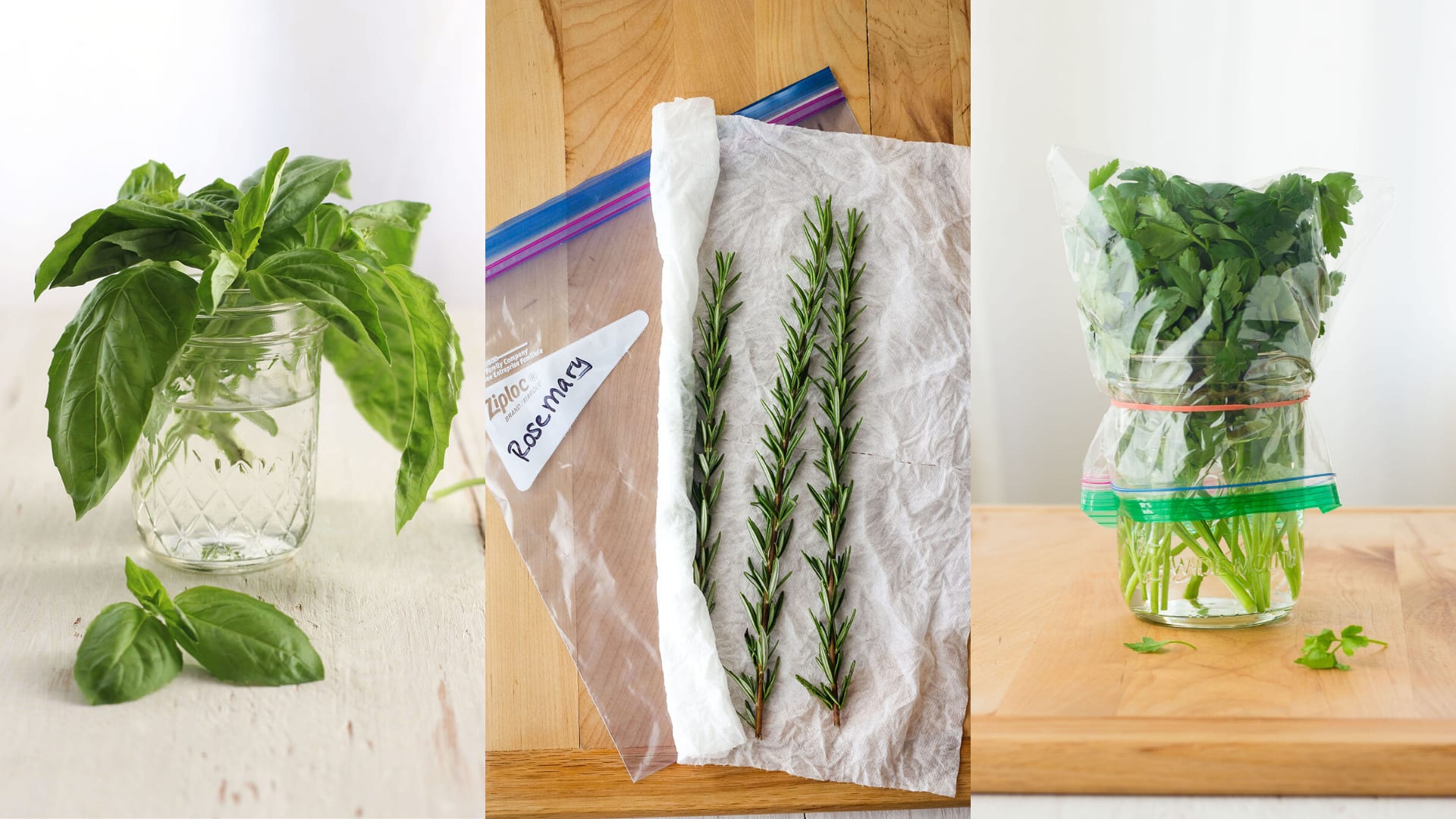

Articles
How To Store Cut Basil
Modified: May 6, 2024
Learn how to properly store cut basil to keep it fresh and flavorful for longer. Check out our informative articles on the best storage methods and tips for preserving the taste and aroma of your basil.
(Many of the links in this article redirect to a specific reviewed product. Your purchase of these products through affiliate links helps to generate commission for Storables.com, at no extra cost. Learn more)
Introduction
Basil is a popular herb known for its vibrant flavor and aromatic qualities. Whether you grow your own basil or buy it from the store, it’s essential to know how to store it properly to keep it fresh for longer. This article will guide you through the various methods of storing cut basil, ensuring that you can enjoy its freshness and flavor for an extended period of time.
While fresh basil is best used immediately after harvesting or purchasing, there are times when you may have more basil than you can utilize right away. Fortunately, there are several effective techniques to store cut basil and maintain its quality.
By properly storing cut basil, you can extend its shelf life and preserve its distinct flavor and aroma. This not only allows you to have a readily available supply of basil on hand for your culinary creations but also helps you reduce waste and maximize the use of this versatile herb.
In this article, we will explore different methods of storing cut basil, from keeping it in water to freezing it. We will also provide tips on choosing fresh basil and preparing it for storage, as well as suggestions on how to use stored basil effectively in your cooking.
So, if you’ve ever found yourself with a surplus of basil or wished to enjoy this delightful herb for longer periods, read on to discover the best techniques for storing cut basil that will help you extend its life and maximize its usage.
Key Takeaways:
- Properly storing cut basil extends its freshness, reduces waste, and provides convenience and cost-effectiveness. Whether in water, the refrigerator, or frozen, these methods ensure a readily available supply of this aromatic herb.
- Utilize stored basil in cooked dishes, infuse it into butter or oil, experiment with basil pesto, and explore unique flavor combinations. Thaw gradually and pair with complementary flavors to elevate your culinary creations.
Read more: How To Store Dried Basil
Benefits of Storing Basil
Storing cut basil properly offers several benefits, allowing you to make the most out of this aromatic herb. Here are some key advantages:
- Prolongs Freshness: By using appropriate storage methods, you can extend the shelf life of cut basil. This means you’ll have access to fresh basil even if you don’t plan to use it immediately after harvesting or purchasing.
- Reduces Waste: Basil has a relatively short lifespan once it’s cut from the plant. By storing it properly, you can minimize wastage and ensure that none of this precious herb goes to waste.
- Convenience: Storing cut basil allows you to have a readily available supply of fresh herbs when you need them. This saves you time and effort, as you won’t have to run to the store or garden every time you want to add basil to your recipes.
- Cost-Effective: Basil is a commonly used herb in various cuisines, but it can be quite expensive when out of season. By storing cut basil, you can take advantage of sales or harvests and save money in the long run.
- Preserves Flavor and Aroma: Properly storing basil preserves its aromatic qualities and distinct flavor. This means you’ll be able to enjoy the full potential of basil in your culinary creations, enhancing the taste and aroma of your dishes.
With these benefits in mind, let’s dive into the different methods of storing cut basil to help you prolong its freshness and maximize its usage.
Choosing Fresh Basil
When it comes to storing cut basil, starting with fresh and high-quality basil is crucial. Here are some tips for selecting the best basil:
- Look for Vibrant Leaves: Choose basil with bright green leaves that are free from discoloration or yellowing. The leaves should be firm and not wilted.
- Avoid Bruised or Damaged Leaves: Check for any bruises, browning, or black spots on the basil leaves. Damaged leaves indicate that the basil may not be as fresh and may not store well.
- Check the Aroma: Give the basil leaves a gentle rub and sniff them. Fresh basil should have a strong and distinct aroma. If the scent is weak or unpleasant, it may not be as fresh.
- Go for Organic or Homegrown: Organic basil or basil grown from your own garden tends to have a more robust flavor and is less likely to contain pesticides or other chemicals.
- Consider the Stem Length: Longer stems are preferable when storing cut basil, as they can easily be immersed in water or trimmed before storing. However, don’t worry if you have shorter stems; you can still use other storage methods.
By selecting fresh and high-quality basil, you set a solid foundation for successful storage. Remember to handle the basil gently to avoid bruising or damaging the leaves, as this can affect its shelf life.
Now that you know how to choose fresh basil, let’s move on to the preparation tips for storing cut basil effectively.
Preparation Tips
Properly preparing cut basil before storage is crucial to maintain its freshness and quality. Here are a few essential preparation tips:
- Gently Clean and Dry: Start by gently rinsing the basil leaves under cold running water to remove any dirt or debris. Pat the leaves dry with a clean towel or use a salad spinner to remove excess moisture. It’s important to ensure that the basil leaves are completely dry before storing to prevent mold or bacterial growth.
- Remove Any Discolored Leaves: Inspect the basil leaves for any discolored or damaged leaves. Remove them promptly, as they can accelerate the deterioration of the remaining leaves.
- Trim the Stems: If the basil stems are too long for your storage container or chosen method, use a pair of kitchen shears to trim them to a more appropriate length. This will make it easier to store the basil and ensure the stems fit comfortably in the container or water.
- Consider Blanching (Optional): Blanching basil involves briefly dipping the leaves in boiling water, then shocking them in ice water to preserve their vibrant green color. While this step is optional, it can help retain the appearance of the basil if you plan to freeze it.
- Organize and Label: If you are storing different varieties of basil or if you have multiple storage methods, it’s helpful to label and organize them. This prevents confusion and allows you to quickly identify the stored basil and choose the appropriate method for future use.
By following these preparation tips, you can ensure that your cut basil is clean, trimmed, and ready for storage. These simple yet essential steps will set the stage for successful storage and prolong the freshness of your basil. Let’s now explore the different methods of storing cut basil, starting with storing it in water.
Storing Cut Basil in Water
One of the simplest and effective methods of storing cut basil is by placing the stems in water. Here’s how to do it:
- Trim the Stems: Start by trimming the basil stems at an angle to enhance water absorption.
- Choose a Container: Select a glass or a container that can hold enough water to submerge the basil stems. Make sure the container is clean.
- Add Water: Fill the container with about an inch or two of fresh water.
- Place the Basil Stems: Carefully place the trimmed basil stems into the container, ensuring that the stems are submerged in the water.
- Store in a Suitable Location: Find a cool spot away from direct sunlight to place the container with the basil. Avoid storing it in a drafty or excessively cold area, as this can cause wilting.
- Change the Water: Every two to three days, replace the water in the container to keep it fresh and prevent any bacterial growth.
- Trim the Stems Regularly: As the basil continues to grow, and the stems absorb water, it’s important to trim them every few days to maintain freshness. Trim about an inch from the bottom of the stems before placing them back into the water.
Storing cut basil in water not only keeps it fresh but also allows the leaves to retain their moisture and vibrant appearance. This method can keep the basil fresh for up to a week, allowing you to enjoy its flavor and fragrance in various dishes. However, keep in mind that while this method is effective, it is best suited for short-term storage.
Now that you know how to store cut basil in water, let’s explore an alternative method using the refrigerator for longer-term storage.
To store cut basil, place the stems in a glass of water at room temperature, cover with a plastic bag, and store on the counter. Change the water every 1-2 days to keep the basil fresh for up to a week.
Read more: How To Store Thai Basil
Storing Cut Basil in the Refrigerator
If you’re looking to store cut basil for a longer period, the refrigerator is an excellent option. Here’s how to store cut basil in the refrigerator:
- Trim and Clean the Basil: Just like with other storage methods, start by trimming the basil stems and gently cleaning the leaves. Ensure that the basil is dry before proceeding.
- Wrap in Damp Paper Towels: Take a few sheets of paper towels and dampen them. Wrap the basil leaves loosely in the damp paper towels.
- Place in a Storage Container: Transfer the wrapped basil to a perforated plastic bag or a container with ventilation holes. This helps prevent moisture buildup and allows for airflow.
- Store in the Refrigerator: Place the container with the wrapped basil in the refrigerator. Choose a spot with consistent temperature, such as the crisper drawer, to help maintain freshness.
- Check Regularly: Every few days, check the basil for any signs of wilting or discoloration. Remove any spoiled or damaged leaves promptly to prevent them from affecting the rest of the basil.
- Replace Damp Paper Towels: If the paper towels become too damp, replace them with fresh, damp towels to prevent excess moisture and mold growth.
Storing cut basil in the refrigerator using this method can extend its freshness for up to two weeks. The cool temperature of the refrigerator helps slow down the deterioration process, allowing you to enjoy fresh basil for a longer period.
However, it’s important to note that refrigeration can cause basil to darken slightly, affecting its appearance. Nevertheless, the flavor and aroma of the basil should remain intact, making it suitable for use in various recipes.
Now that you know how to store cut basil in the refrigerator, let’s explore another method for longer-term storage: freezing cut basil.
Freezing Cut Basil
Freezing cut basil is an excellent way to preserve its flavor and aroma for an extended period. Here’s how to freeze cut basil:
- Prepare the Basil: Start by trimming the basil stems and gently cleaning the leaves. Ensure that the basil is dry before proceeding.
- Blanch the Basil (Optional): If you want to preserve the vibrant green color of the basil, blanching is recommended. Prepare a pot of boiling water and a bowl of ice water. Briefly dip the basil leaves into the boiling water for a few seconds and then transfer them to the ice water to cool rapidly. Drain the blanched basil and pat dry before freezing.
- Divide into Portions: Divide the basil into small portions that you’re likely to use in one serving or recipe. This makes it easier to thaw only the amount you need.
- Flash Freeze: Place the basil portions on a baking sheet lined with parchment paper or a silicone mat. Make sure they are not touching each other to prevent them from sticking together. Place the baking sheet in the freezer and allow the basil to freeze for a few hours or until completely frozen.
- Transfer to Containers or Bags: Once the basil is frozen, transfer the portions into airtight containers or freezer bags. Remove as much air as possible from the containers or bags before sealing to minimize freezer burn.
- Label and Date: Don’t forget to label the containers or bags with the date of freezing. This way, you can keep track of the basil’s freshness and use it within the recommended time frame.
- Store in the Freezer: Place the sealed containers or bags in the freezer, ensuring they are kept in a consistent temperature area.
Frozen basil can last for several months, allowing you to enjoy the flavor of fresh basil even when it’s out of season. It’s important to note that frozen basil may lose some of its texture, so it’s best used in dishes where the basil will be cooked or blended, such as soups, sauces, or pesto.
Now that you know how to freeze cut basil, let’s move on to another delicious way to store basil: making basil pesto.
Storing Basil Pesto
Basil pesto is a versatile and flavorful sauce that can be made in large batches and stored for future use. Here’s how to store basil pesto:
- Prepare the Pesto: Make a batch of fresh basil pesto using your favorite recipe. Blend together fresh basil leaves, garlic, pine nuts or other nuts, Parmesan cheese, olive oil, and salt until smooth and well combined.
- Transfer to an Airtight Container: Spoon the pesto into a clean, airtight container, such as a glass jar or a plastic container with a tight-fitting lid. Make sure the container is the appropriate size for the amount of pesto, leaving some space at the top for expansion during freezing.
- Top with Olive Oil: Pour a thin layer of olive oil on top of the pesto in the container. This helps create a barrier and prevent air from coming into contact with the pesto, which can cause it to oxidize and lose flavor.
- Seal and Label: Seal the container tightly and label it with the date of preparation. This will help you keep track of its freshness and consumption time.
- Store in the Freezer: Place the sealed container of basil pesto in the freezer. It can be stored for up to six months.
- Thawing and Using: To use frozen basil pesto, simply transfer the desired amount to a bowl and allow it to thaw in the refrigerator. Once thawed, you can use it directly in your recipes, such as pasta dishes, spreads, or marinades.
Storing basil pesto in the freezer allows you to enjoy the vibrant flavors of basil all year round. The addition of olive oil on top helps preserve its freshness and prevents oxidation. Remember to always use clean utensils when scooping out the pesto to avoid introducing bacteria that can spoil the entire batch.
Now that you know how to store basil pesto, let’s move on to some valuable tips for using the stored basil effectively.
Tips for Using Stored Basil
When it comes to using stored basil, there are a few tips and tricks that can help you make the most out of this versatile herb:
- Thaw Gradually: If you’re using frozen basil, allow it to thaw gradually in the refrigerator. This helps retain its flavor and texture.
- Use in Cooked Dishes: Frozen or stored basil is best used in cooked dishes such as soups, stews, sauces, or stir-fries. The heat will help bring out the flavors and aromas of the basil.
- Add at the End: If you’re using stored basil in a recipe, add it towards the end of the cooking process to preserve its fresh flavors and vibrant color.
- Make Basil Butter or Oil: Mix chopped basil into softened butter or pour olive oil over it to create basil-infused butter or oil. These can be stored in the refrigerator for a few weeks and used to enhance the flavors of various dishes.
- Create Basil Salt or Sugar: Combine finely chopped or powdered dried basil with salt or sugar to make basil-infused salts or sugars. These can add a unique twist to your recipes and can be stored for months in airtight containers.
- Make Basil Ice Cubes: Blend fresh or stored basil with a small amount of water and pour the mixture into ice cube trays. Once frozen, transfer the basil ice cubes to a freezer bag. These basil ice cubes can be added to sauces, soups, or beverages for a burst of fresh flavor.
- Experiment with Basil Pesto: Basil pesto is not just limited to pasta dishes. Use it as a spread on sandwiches, as a marinade for grilled meats and vegetables, or even as a condiment for roasted potatoes.
- Basil Infused Drinks: Infuse your favorite beverages like lemonade, iced tea, or cocktails with fresh basil. Simply muddle the basil leaves, add them to your drink, and allow the flavors to infuse before serving.
- Pair with Complementary Flavors: Basil pairs well with ingredients like tomatoes, garlic, lemon, mozzarella cheese, and balsamic vinegar. Be creative and experiment with different flavor combinations to elevate your dishes.
By using these tips, you can make the most out of your stored basil and enjoy its flavors in a variety of ways. Remember that while stored basil may not have the exact same intensity as fresh basil, it still provides a delightful burst of flavor to your dishes.
Now that you have a range of storage methods and tips for using stored basil, you can fully enjoy this aromatic herb throughout the year and add a touch of freshness to your culinary endeavors.
Read more: How To Store Basil Pesto
Conclusion
Storing cut basil properly is essential to preserve its freshness, flavor, and aroma. Whether you choose to store it in water, in the refrigerator, freeze it, or make basil pesto, each method offers its own benefits and timeframes for storage.
By choosing fresh basil, properly preparing it, and employing the right storage method, you can extend the lifespan of cut basil and enjoy its vibrant taste and fragrance for longer periods. Storing basil not only reduces waste but also provides convenience and cost-effectiveness, allowing you to have a readily available supply of this versatile herb.
When using stored basil, remember to thaw it gradually for the best results. Incorporate it into cooked dishes, create basil-infused butter or oil, experiment with basil pesto, and explore unique combinations with complementary flavors.
By following these tips and techniques, you can make the most out of your stored basil and elevate the flavors of your culinary creations all year round.
So, whether you’re growing basil in your garden, buying it from the store, or find yourself with an abundant harvest, now you have the knowledge and know-how to confidently store cut basil and make the most of its freshness and aroma.
Enjoy the delightful flavors and fragrances of basil, and let it enhance your dishes with its distinctive taste and charm!
If you've mastered storing cut basil, why stop there? Extend your expertise with our guide on the most effective herb storage solutions for 2024. Fresh flavors deserve the best care, and our insights ensure your herbal harvest remains potent and accessible. So, if keeping your herbs vibrant matters to you, don't miss out on our comprehensive review of optimal storage methods.
Frequently Asked Questions about How To Store Cut Basil
Was this page helpful?
At Storables.com, we guarantee accurate and reliable information. Our content, validated by Expert Board Contributors, is crafted following stringent Editorial Policies. We're committed to providing you with well-researched, expert-backed insights for all your informational needs.

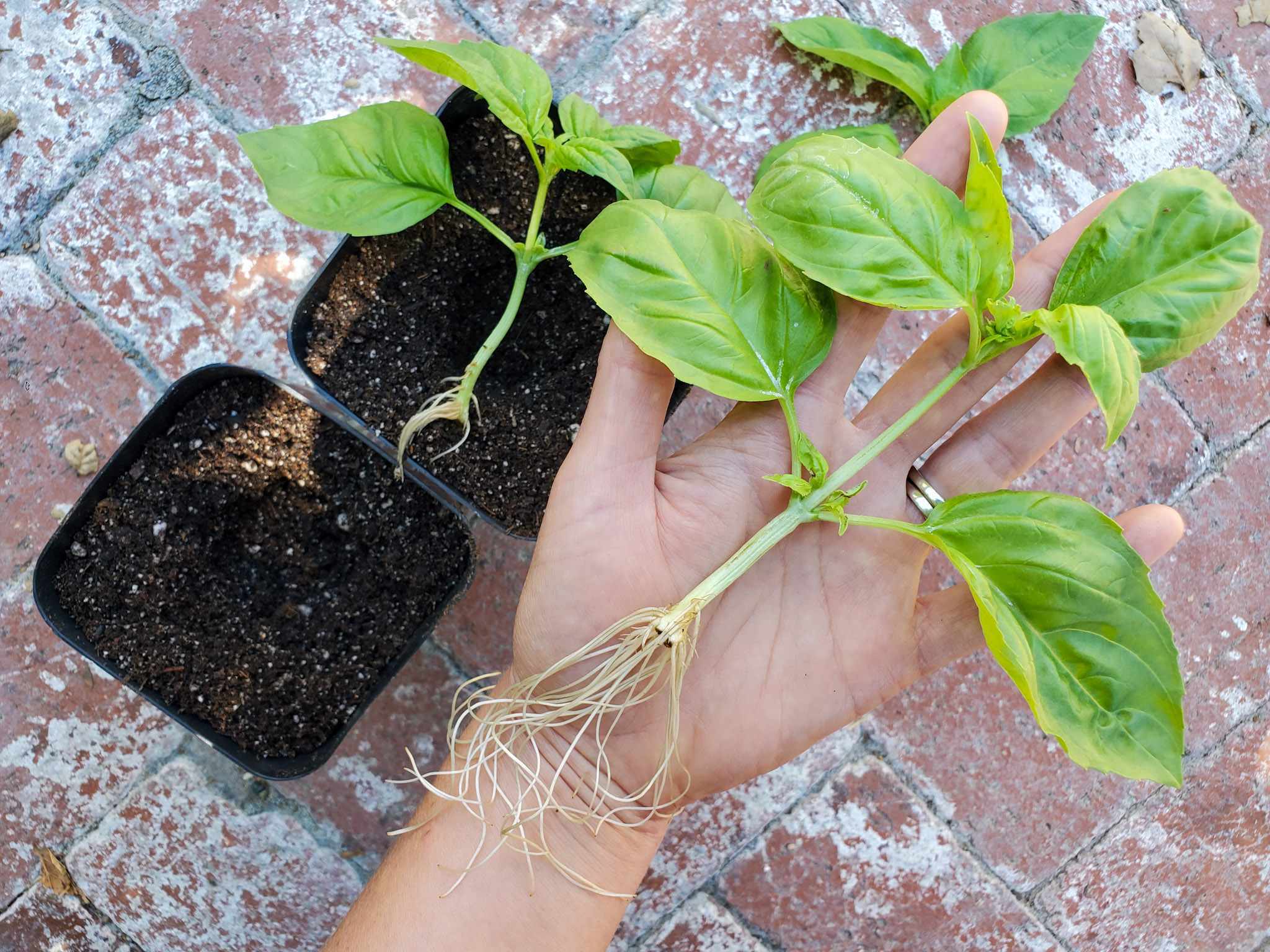
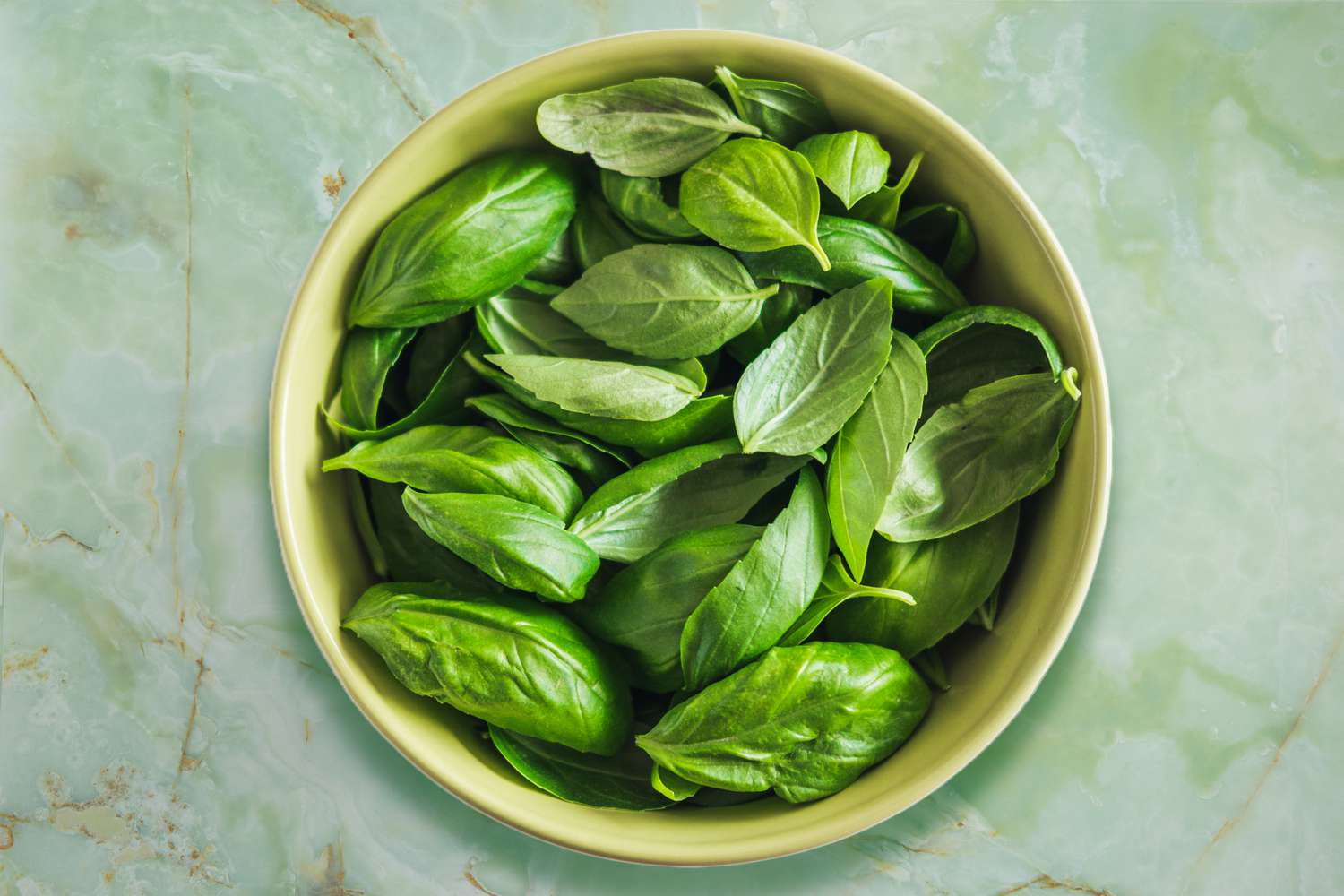

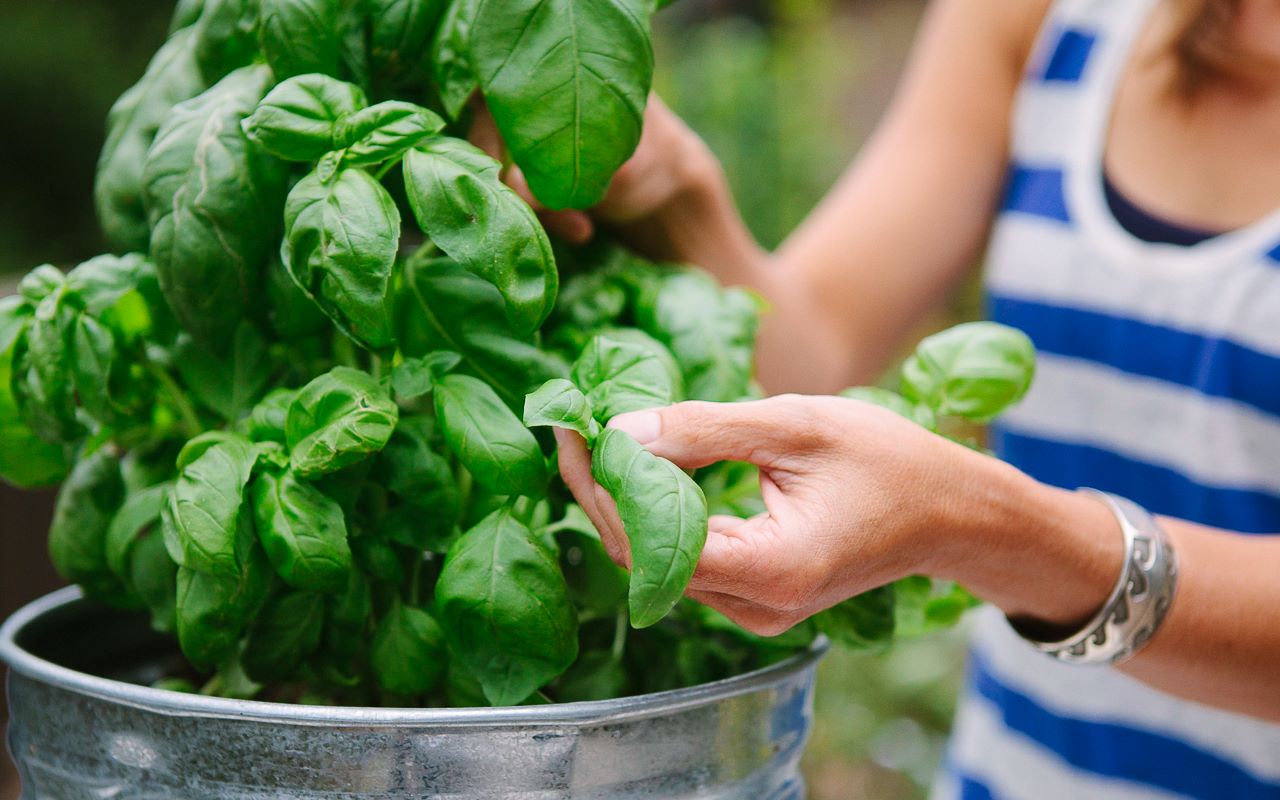
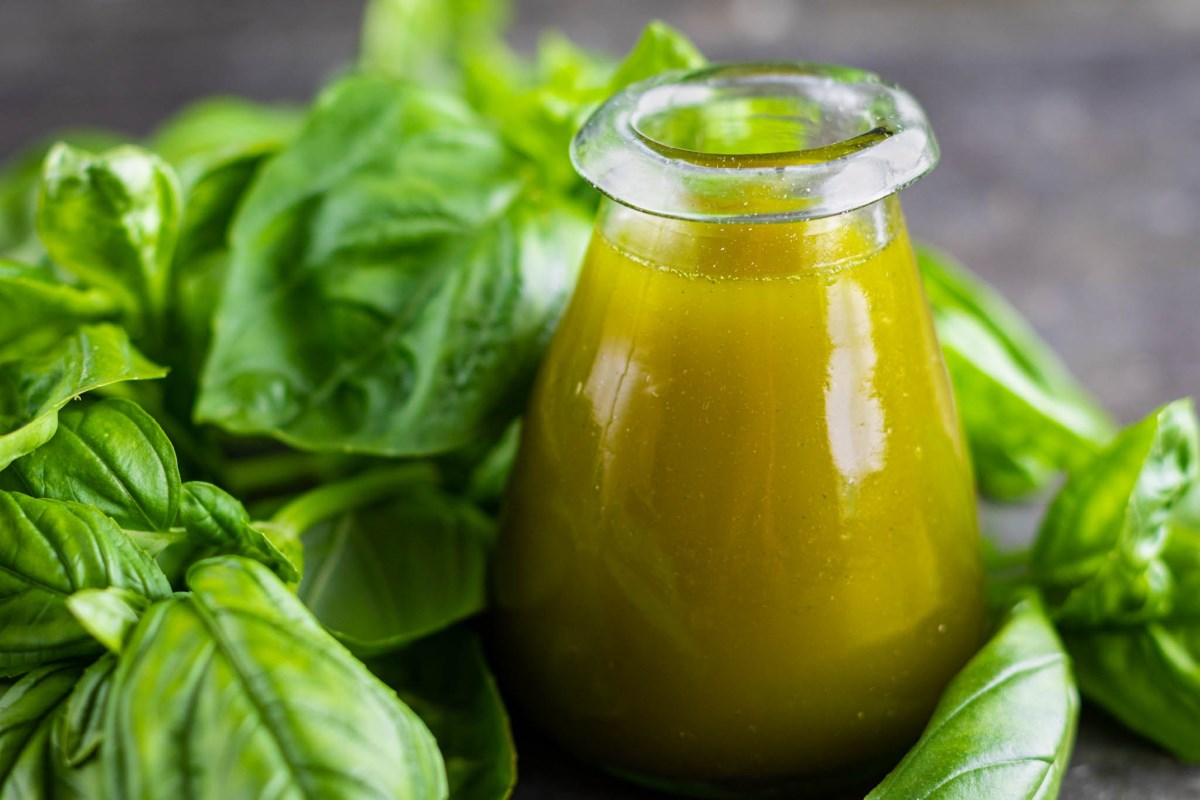
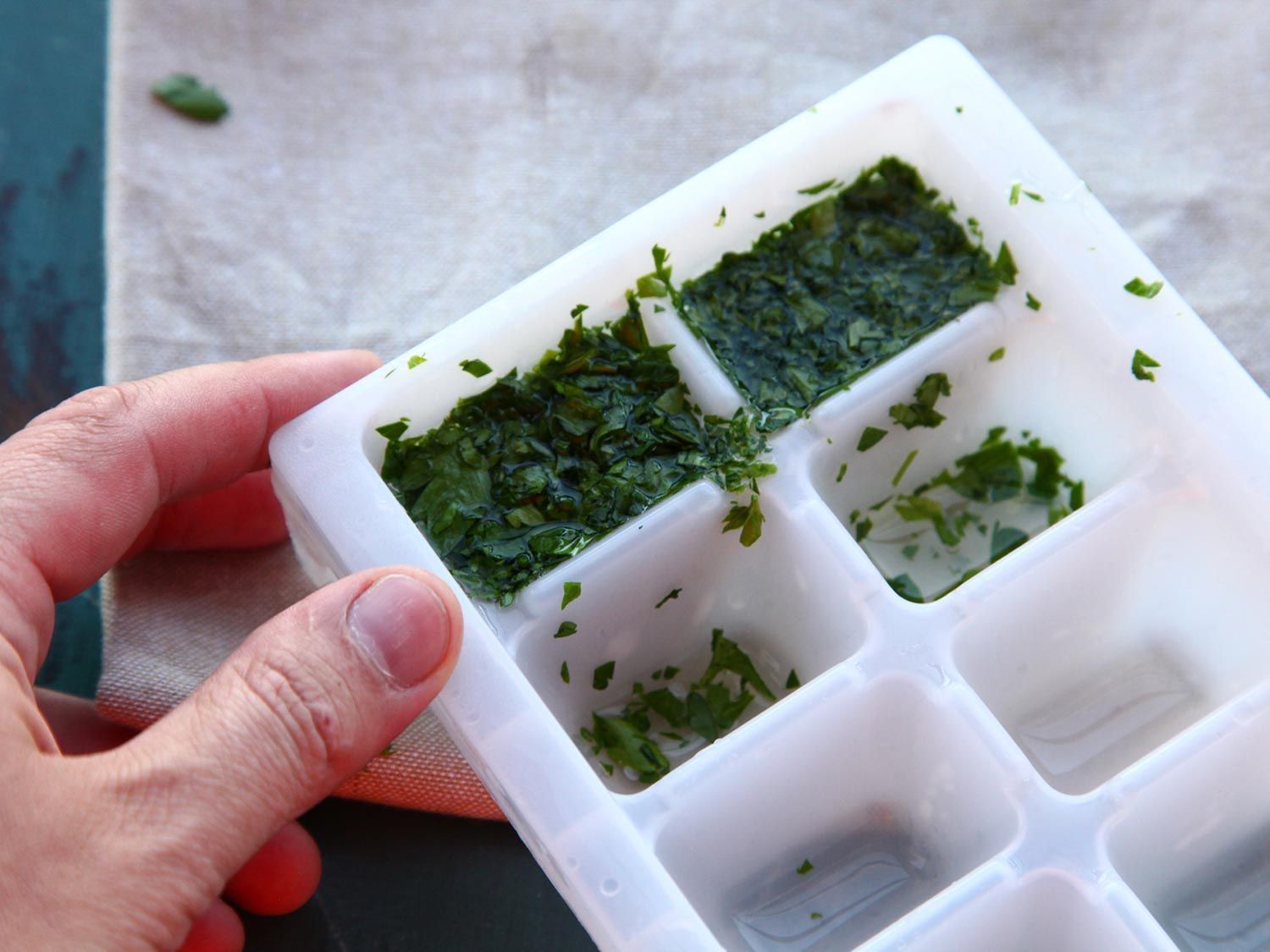
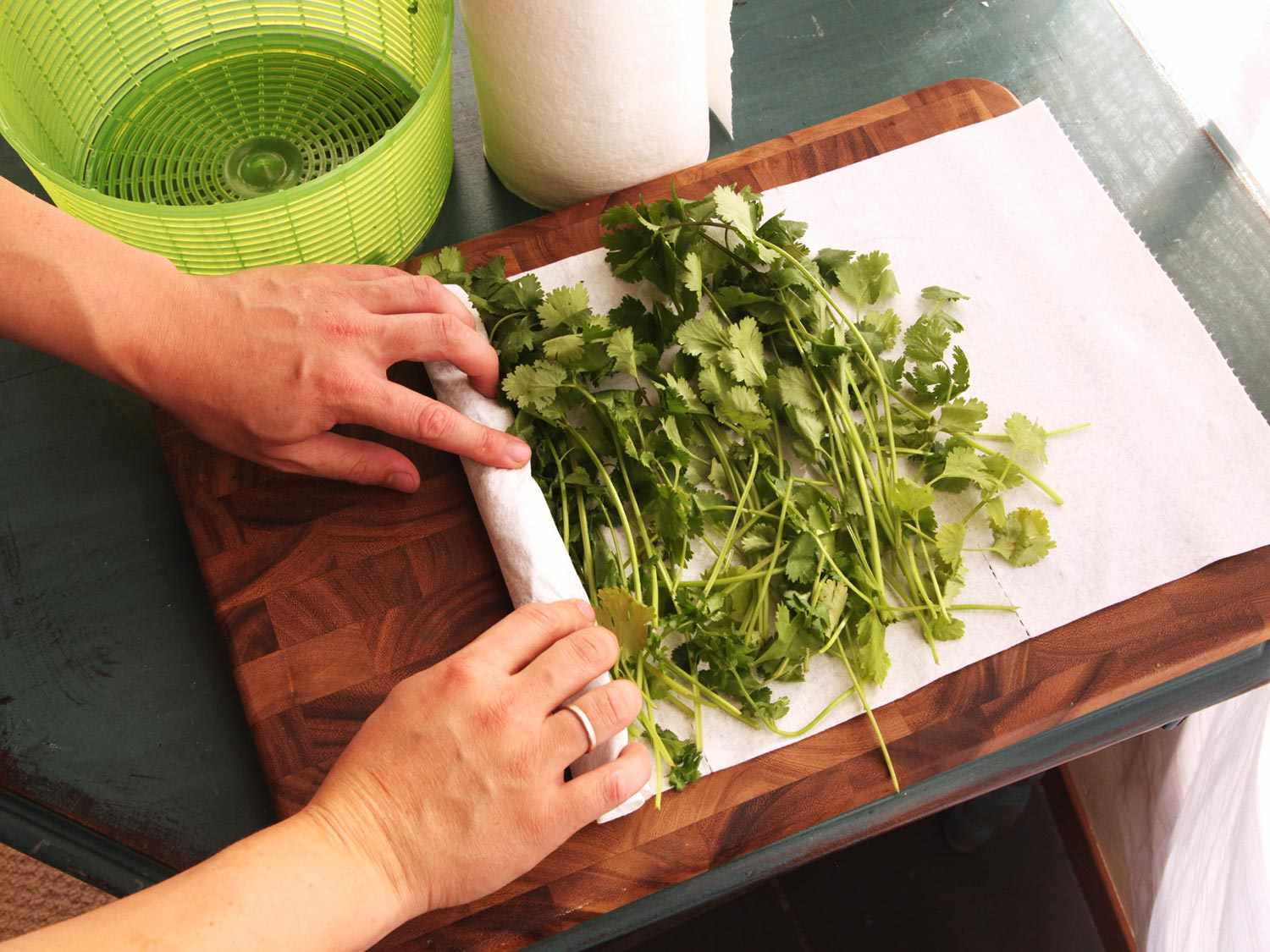
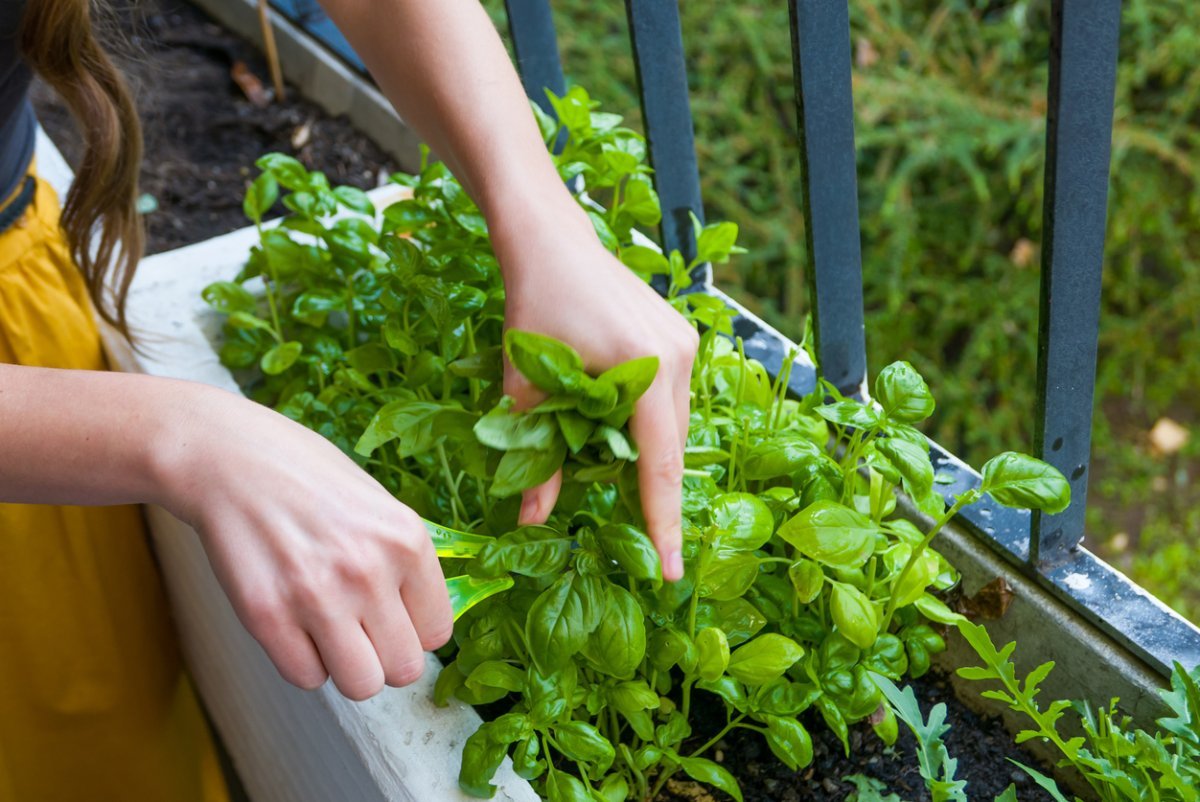
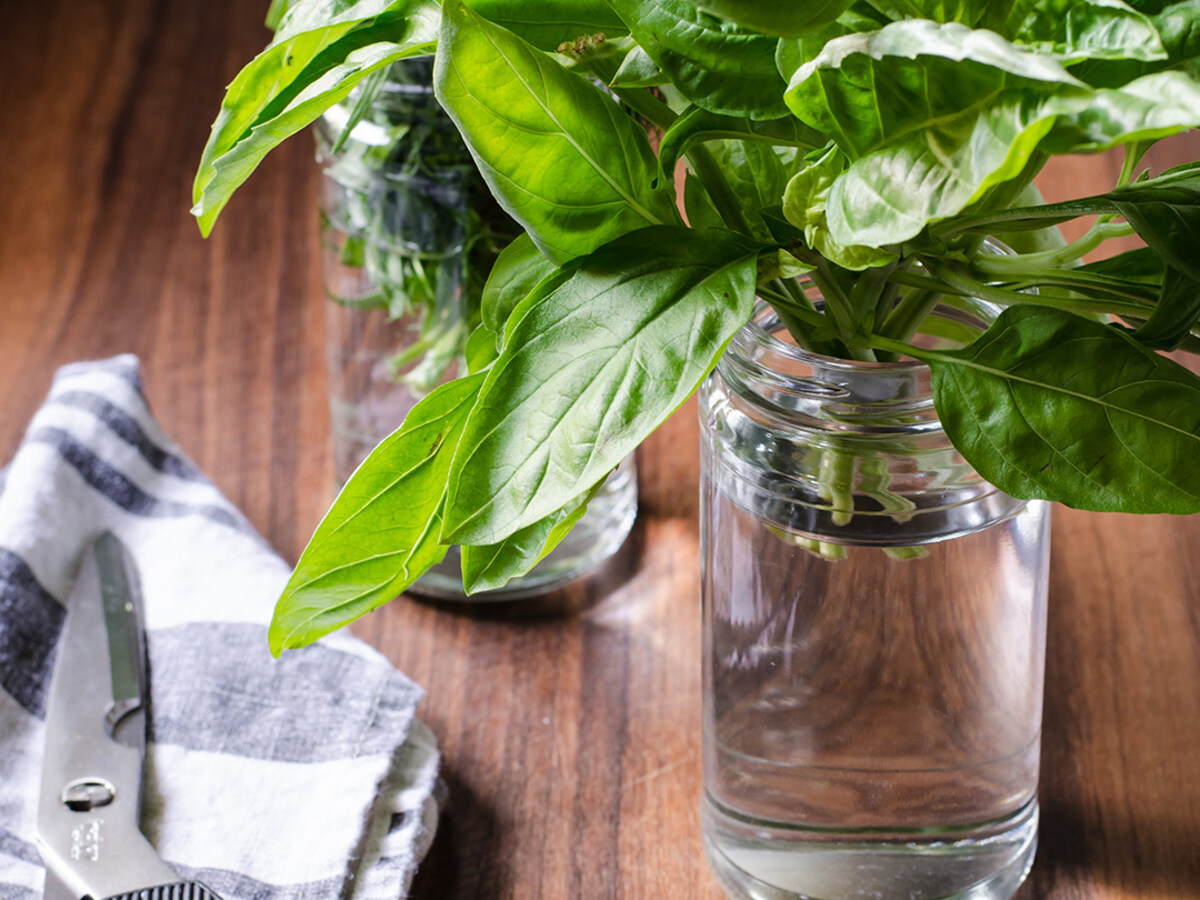
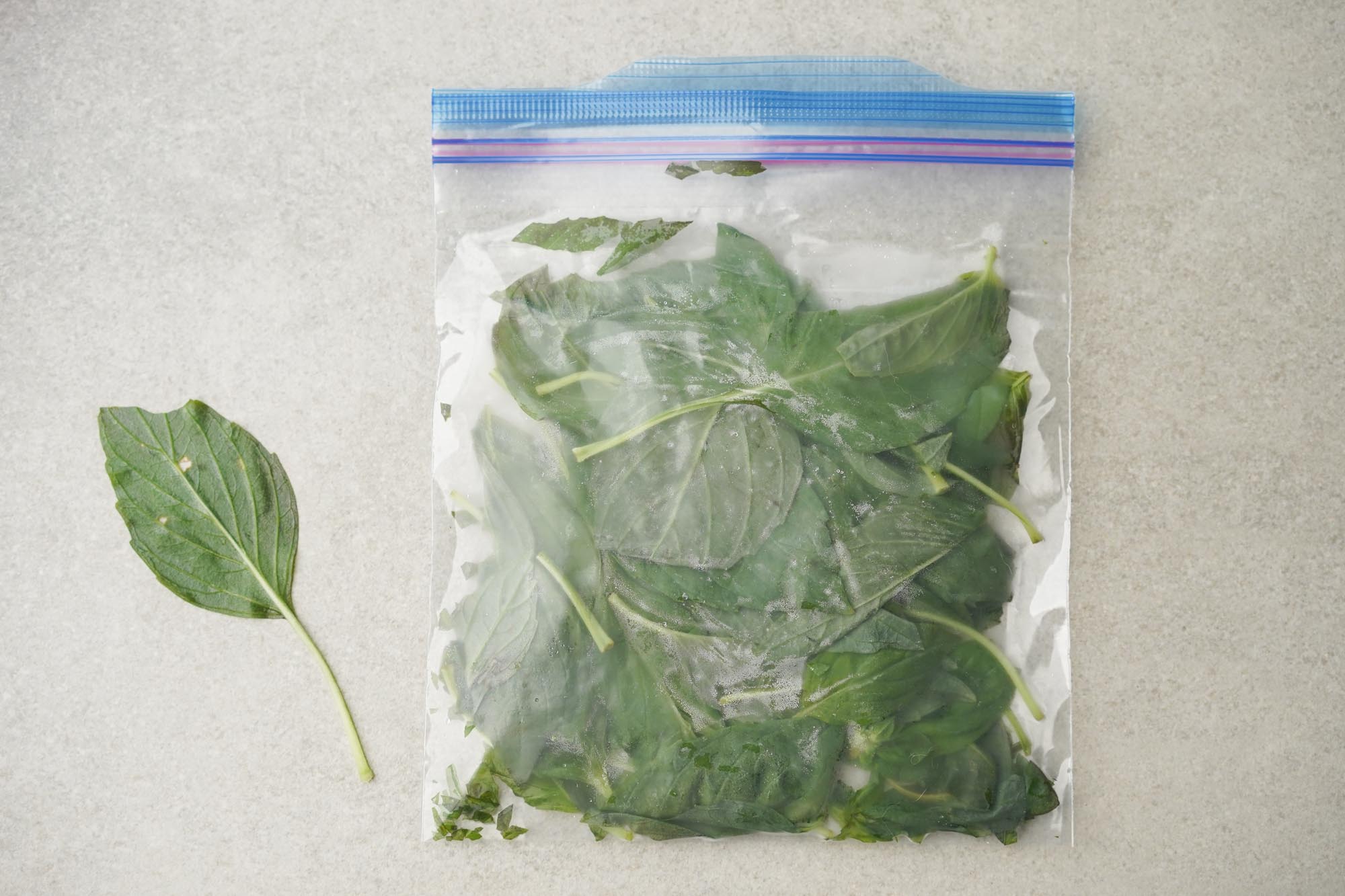
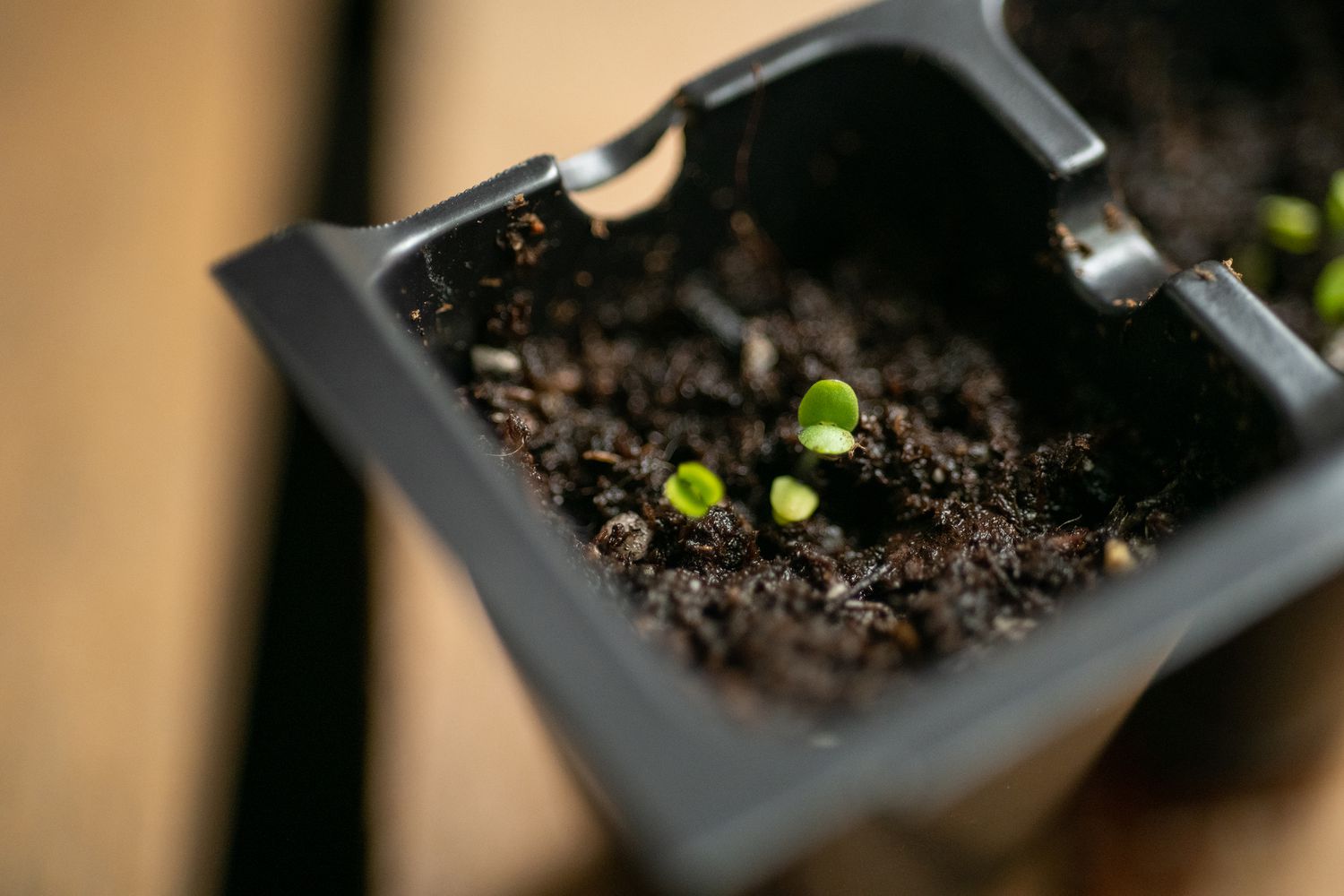


0 thoughts on “How To Store Cut Basil”